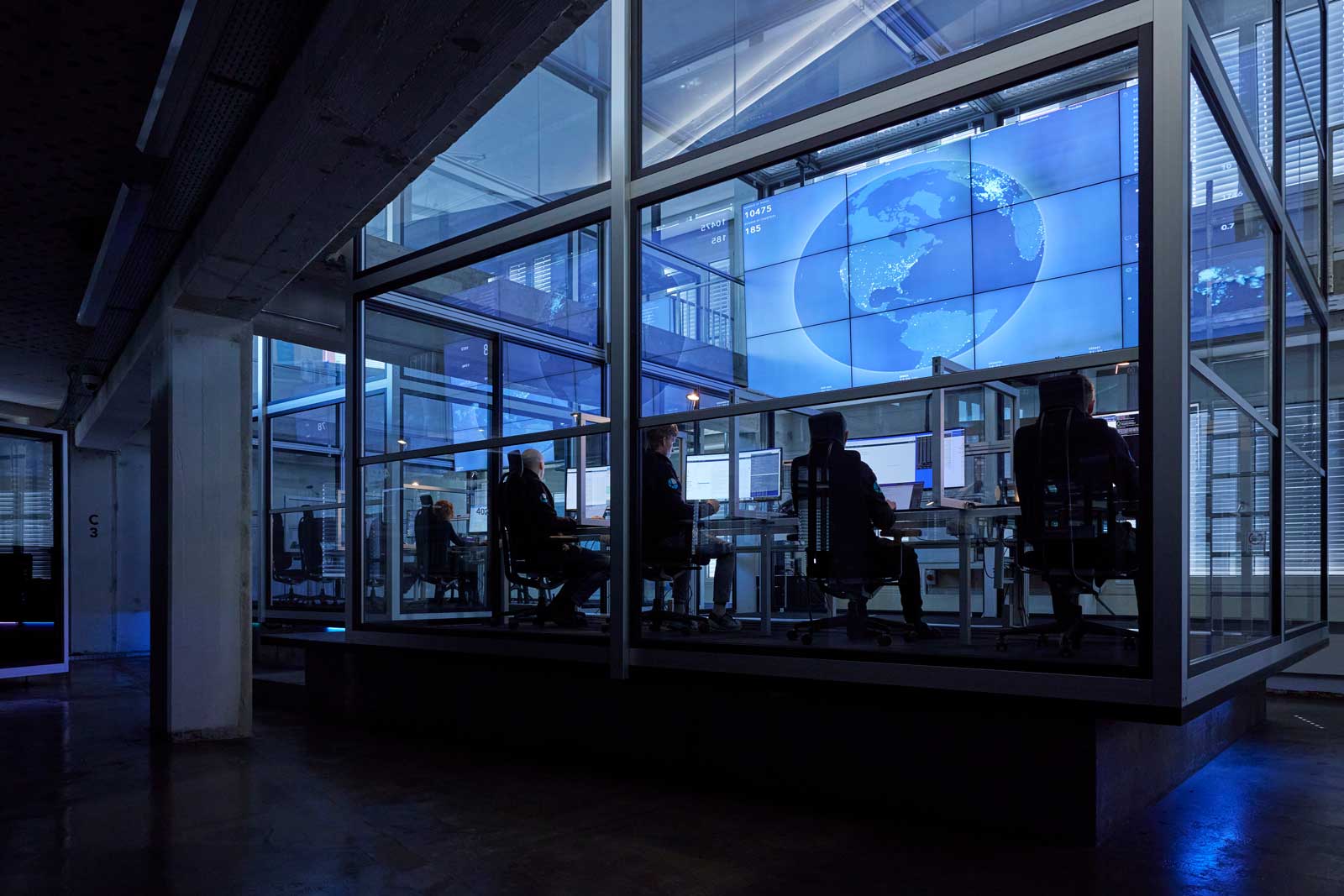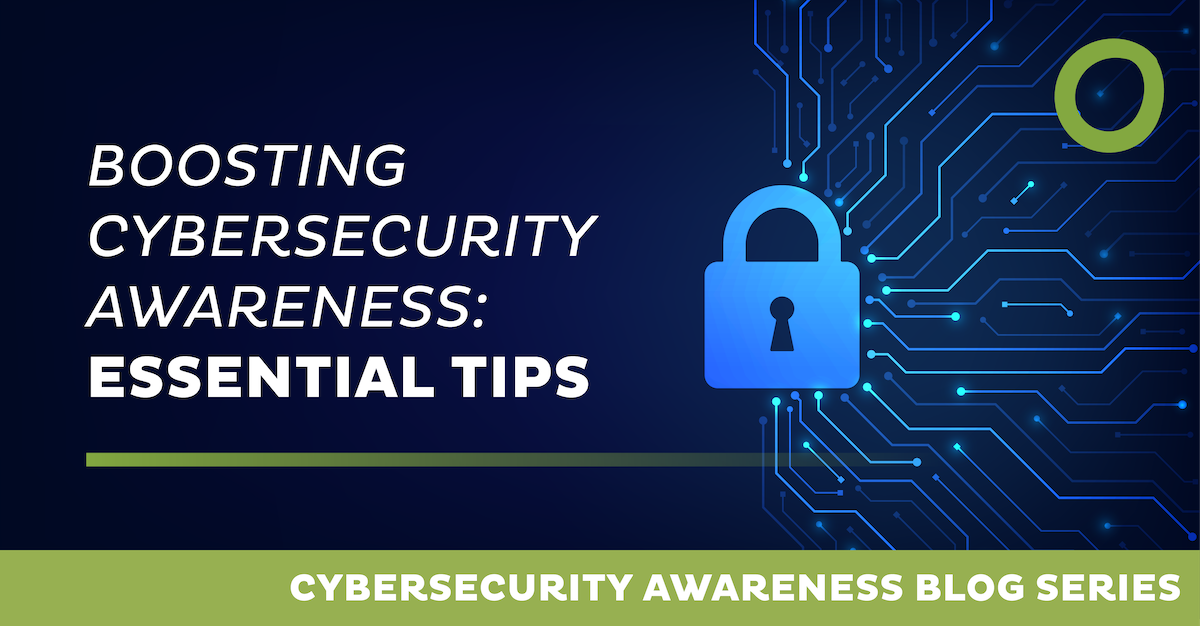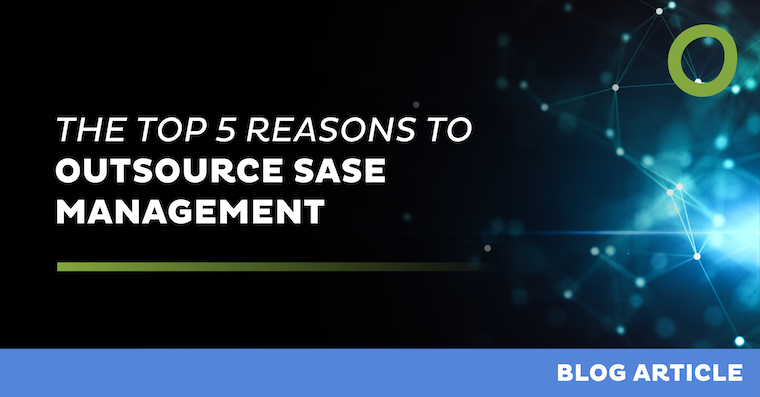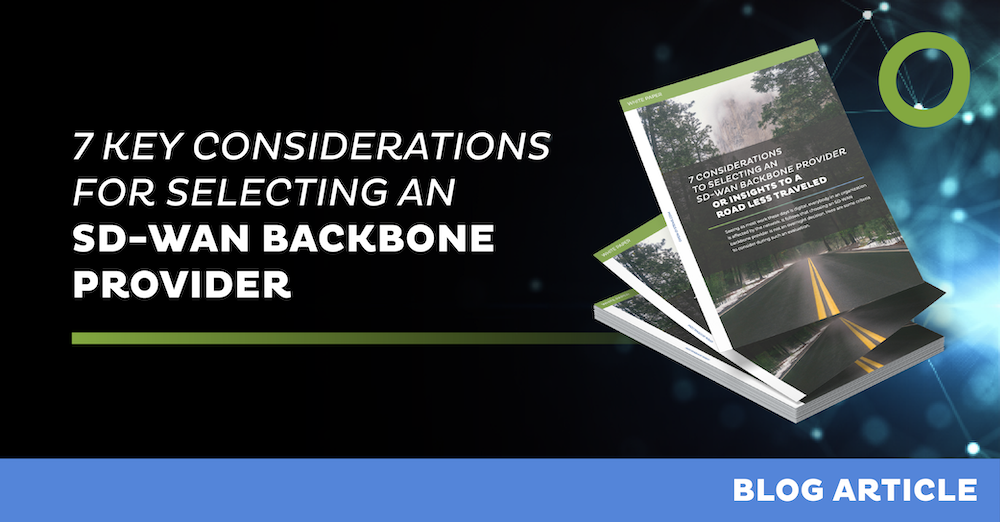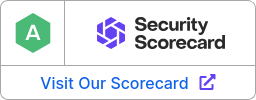
Top 6 Trends for SASE in 2025
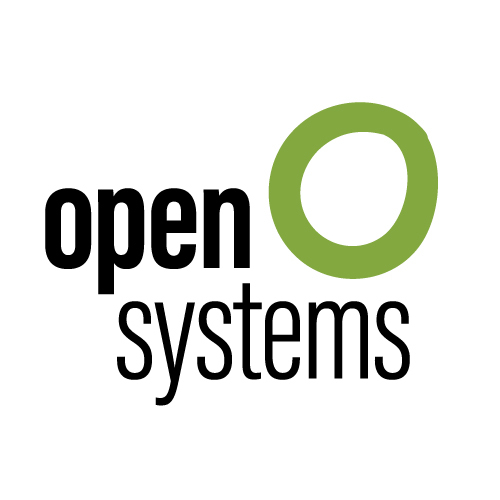
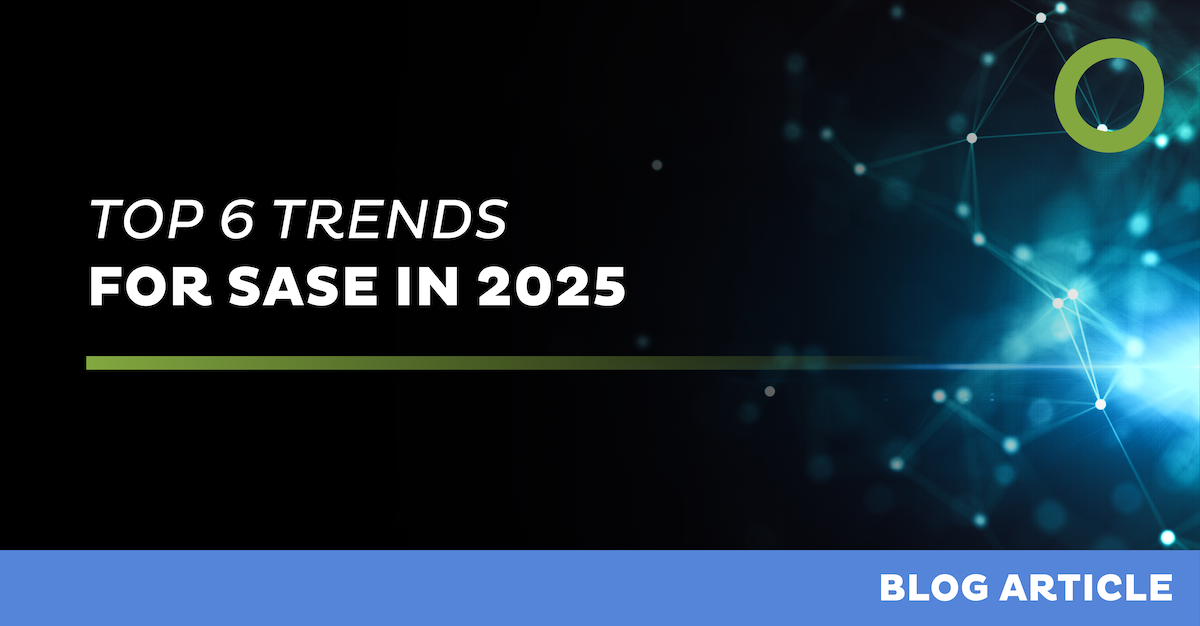
Secure Access Service Edge (SASE) is a pivotal concept in modern cybersecurity. It's a framework that combines network security and wide area networking capabilities in a single cloud-based service.
As we approach 2025, SASE is set to undergo significant transformations. These changes will shape the way IT Managers and Cybersecurity Consultants approach network security and connectivity.
This article will delve into the top 6 trends for SASE in 2025. We'll explore how these trends integrate with services like Zero Trust Network Access (ZTNA) and their strategic implications for businesses.
Our goal is to provide a comprehensive understanding of these trends. We aim to equip you with actionable insights for effectively implementing and communicating these trends within your organizations or to your clients.
So, whether you're an IT Manager seeking to protect your company's digital assets or a cybersecurity consultant looking to simplify complex concepts for your clients, this article is for you.
Let's dive into the future of SASE and its impact on the digital landscape in 2025.
Understanding SASE and Its Evolution
SASE is a cutting-edge approach to networking and security. It streamlines how organizations manage access to their networks and safeguard their data. This architecture combines various network security functions with WAN capabilities.
The concept of SASE first emerged in 2019. It quickly gained traction due to its ability to integrate security into network architecture effectively. This fusion of security and networking is a game-changer for organizations, especially with the growth of remote work and cloud services.
Over the years, SASE has evolved significantly. Initially focused on merging security with networking, it now encompasses a broader range of functionalities. These include secure web gateways, firewall as a service, and Zero Trust principles.
By 2025, SASE is expected to become even more integral to corporate network strategies. Organizations will likely focus on enhancing user experience and ensuring seamless connectivity through this unified framework. This evolution reflects ongoing advancements in cybersecurity technology and enterprise needs.
TCO Optimization: Convergence of Network and Security Services
The SASE model emphasizes the merger of network and security functions. This convergence streamlines operations and reduces complexity, making it attractive to IT Managers. By integrating these components, businesses can achieve seamless workflows.
Unified network-security solutions improve visibility across digital environments. This holistic view allows for better threat detection and faster incident response. It ensures that security measures are consistently applied throughout the network.
As companies grow, managing separate systems becomes burdensome. Converged solutions eliminate silos, leading to more efficient and effective network management. This integration enhances resource allocation and reduces total cost of ownership.
Moreover, the convergence supports scalable deployments. Organizations can adapt more swiftly to changing demands. It simplifies the adoption of new technologies and supports the secure expansion of business operations.
Cloud-Native SASE Solutions for Scalability
Cloud-native SASE solutions are transforming how businesses approach network security. These solutions are designed to leverage the cloud's scalability and flexibility, accommodating rapid changes.
One of the key advantages is scalability. Businesses can expand their security measures in line with their growth without extensive reconfigurations. It offers a cost-effective way to manage expanding digital environments.
Flexibility is another significant benefit. Cloud-native solutions can be tailored to meet specific security requirements. This adaptability ensures that organizations can efficiently manage unique security challenges.
Furthermore, deploying cloud-native SASE is straightforward. It reduces the need for complex hardware and extensive maintenance. This simplification allows IT teams to focus on strategic tasks, enhancing overall operational efficiency.
The Importance of End-to-End Encryption in SASE
End-to-end encryption is a cornerstone of SASE architectures. It ensures data integrity and confidentiality across networks.
This encryption prevents unauthorized access during data transmission. It acts as a shield against eavesdropping and data breaches. Such protection is vital in today's threat-heavy environment.
SASE platforms use encryption to secure all communication channels. This includes both internal and external traffic. The holistic security approach reduces vulnerabilities significantly.
Encryption also aids compliance with regulations. By ensuring data privacy, organizations can meet stringent legal requirements. This capability of SASE reduces regulatory risks efficiently.
Trend 1: SASE's Role in Supporting Remote and Hybrid Work Models
The shift to remote and hybrid work models presents unique security challenges. SASE is well-positioned to address these issues.
SASE offers seamless access to network resources for distributed teams. It ensures that employees have secure connectivity from any location.
By integrating network and security services, SASE provides consistent security policies. This integration reduces risks, regardless of where work is done.
The adaptability of SASE to various work environments is a major advantage. It enables organizations to maintain productivity without sacrificing security. This feature makes SASE indispensable for modern workplaces.
Secure Web Gateways (SWG) Integration with SASE
Secure Web Gateways play a vital role in protecting against web-based threats. Their integration with SASE provides comprehensive web security.
SWGs filter internet-bound traffic to block malicious sites and prevent data leakage. This capability is crucial as cyber threats grow more sophisticated.
Integrating SWGs within SASE streamlines security management. It ensures that web security policies are consistent across the network.
Moreover, SWG integration enhances visibility into web usage patterns. Organizations benefit from improved threat intelligence and a reduced risk profile.
The Rise of Zero Trust Network Access (ZTNA) in SASE
ZTNA is gaining prominence within the SASE framework. It shifts the focus from network-based to identity-based access controls. This ensures that access is granted based on verified user identities, not just network locations.
This trend addresses the growing need for robust security in hybrid work environments. ZTNA minimizes the risk of unauthorized access, a crucial consideration for modern enterprises. It emphasizes "never trust, always verify," enhancing network security.
ZTNA aligns well with SASE's core principles. It provides flexible yet secure access, critical for today's distributed workforces. As more businesses embrace remote work, ZTNA’s role in SASE frameworks will become even more pronounced.
By integrating ZTNA, organizations can better protect their network perimeters. This adds a significant security layer. It reduces potential vulnerabilities and simplifies access management in increasingly complex environments.
Trend 2: Regulatory Compliance as an Opportunity to Maximize SASE Impact
With a growing number of cybersecurity regulations, such as NIS2 and DORA, organizations face increasing complexity. However, these regulations can be viewed as opportunities to strengthen cybersecurity posture and secure additional resources. SASE frameworks can help organizations address complex regulatory requirements like NIS2. They offer tools for data protection and access controls crucial for compliance.
By centralizing security policies, SASE simplifies compliance management.
Moreover, a trusted managed SASE provider will function as an extended team and close the skill gap.
Trend 3: SASE in Securing IoT and Edge Devices
The proliferation of IoT and edge devices introduces new security challenges. These devices often lack built-in protections, making them vulnerable. SASE provides a unified approach to secure these endpoints.
By integrating security protocols, SASE protects data across diverse devices. It ensures secure communication between edge devices and core networks. This capability is vital as IoT continues to expand in scope and influence.
With SASE, organizations can enforce zero trust policies for each device. This granular control is critical in identifying and mitigating risks early. Thus, SASE plays a key role in securing the ever-growing IoT landscape.
Trend 4: AI and Machine Learning in Automated Threat Detection
AI and machine learning are revolutionizing threat detection in the SASE landscape. These technologies bring precision and speed.
AI models can identify patterns and anomalies that humans might miss. This capability enhances detection accuracy, reducing false positives. Automation speeds up response times, allowing real-time threat management.
Machine learning continuously improves threat detection. It learns from past incidents to predict future attacks. This proactive approach strengthens security postures.
These technologies also free up human resources. By automating routine tasks, cybersecurity teams can focus on strategic planning and development. This shift ultimately enhances organizational resilience.
Trend 5: User and Entity Behavior Analytics (UEBA) in SASE
Understanding behavior patterns is crucial in cybersecurity. UEBA technology within SASE frameworks focuses on this analysis. UEBA detects unusual activities by monitoring user and system behavior. It helps identify potential threats early in the attack cycle.
This approach supports proactive threat management. By recognizing anomalies, organizations can mitigate risks before they escalate. For example, targeted spear-phishing attacks can be prevented if the email security system is aware of the email context such as common senders, type of email attachments and writing styles.
Integrating UEBA into SASE enhances security posture. It provides valuable insights, helping organizations respond effectively to emerging threats.
Trend 6: SASE Adoption Growth in SMBs
Small and medium-sized businesses (SMBs) face increasing cyber threats. Limited resources often hinder their security efforts, making SASE an attractive option. This cloud-based solution offers comprehensive protection without requiring hefty investments.
SASE's scalable nature allows SMBs to adapt as they grow. It combines security and network functions, simplifying IT management. With its pay-as-you-go model, SMBs can manage costs while enhancing security effectively.
Additionally, SASE's flexibility ensures that SMBs stay agile in a rapidly changing landscape. By adopting SASE, these businesses can focus on growth, knowing their digital assets are secure. This trend will likely continue as SMBs prioritize cyber resilience.
Let’s prepare together for the SASE-enabled future.
Leave Complexity
Behind
To learn how Open Systems SASE Experience can benefit your organization, talk to a specialist today.
Contact Us